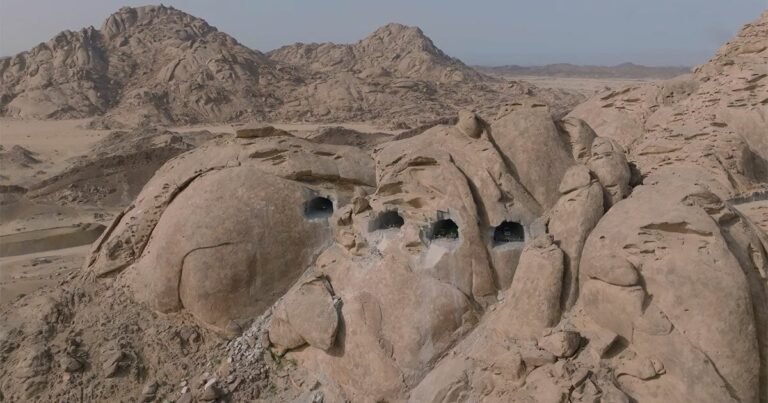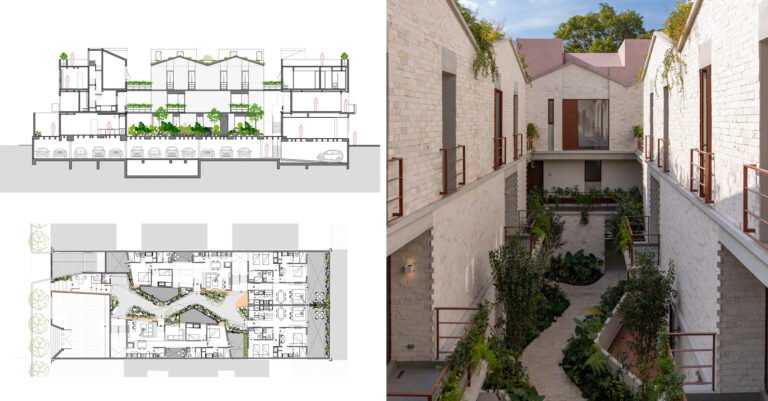The Best Architecture Interviews of 2022
The Best Architecture Interviews of 2022

It is a great privilege to amplify the voice of architects and other built environment professionals. It is also an enormous challenge as it requires a lot of investigation and time from our content team. However, the effort is gratifying. It puts us in contact with some of the most prominent talents in our field who have been discussing subjects such as cities, metaverse, community, environment, democracy, sustainability, building technology and interiors, to mention just a few.
Through video recordings, transcribed conversations, emails, video calls or podcasts, the 2022 interviews show an overview of a year of intense learning in which, once again, we approached an inspiring group of architecture professionals.
To close out the year, we have put together a selection of the best interviews of 2022, divided into topics to facilitate navigation and allow cross-reading on the same subject from different voices.
Environment and Sustainability
No global issue is more urgent than the environment and finding sustainable ways to inhabit the planet. From Mae-ling Loko’s research on components made from fungi and agricultural waste to nature-based technologies championed by Julia Watson, all contributions on this subject are welcome — and necessary — if we are to have any future on the planet.
CO Adaptive Architecture: The Road to Net Zero Architecture

Julia Watson: Nature-based Technologies and Radical Materials

Mae-ling Lokko: Returning the Building to the Soil

Carlo Ratti: Architecture and Design at Large

Squire & Partners, SAWA and Buro Happold: Design, Engineering and Local Resources

Mario Cucinella: Designing with Nature

Cities and Community
The city is where community life takes place. Or it would if the spaces we design addressed issues such as population growth, social and economic inequality, and the role of public space in people’s lives. From the activism of Father Júlio Lancellotti against São Paulo’s hostility to the local idiosyncrasies of architectural production in Cuba, everything happens in the urban space.
Father Júlio Lancellotti: Cities’ Hostility and Hospitality

Albor Arquitectos: The Challenge of Building in Cuba

Winners of the UIA 2030 Award: Inclusive, Safe, Resilient, and Sustainable Cities

Raúl Monterroso: The Architectural Values of Guatemala

Democracy and Equity
Equity means ensuring that all people have access to the same opportunities. Gender identity, race, religion and socioeconomic condition are just some of the issues related to it that have visible effects on the democratization of city spaces. From the lack of authority of certain individuals and buildings to the production of new models and values for the built environment, the interviews gathered in this section offer different points of view on a problem common to cities around the world.
Adam Nathaniel Furman: Queer Spaces and Other Possibilities Within Architecture

Andreas Angelidakis: Unauthorized Buildings and Individuals

Urban Radicals: Authorship to the Public

Eva Franch i Gilabert: The Production of New Models With New Values

Laboqueria: About the Proposal for Cooperative Relations

Naomi Hoogervorst: Democratization of Design

Technology and Construction
From the urban scale to the constructive detail, technology is a topic that crosses the discipline, showing up in many of our interviews. Metaverse, BuildTech, 3D printing, prefabrication, and prototyping are all recurrent concepts. Rather than being isolated, they are articulated to address decades-old issues of urban and environmental sustainability.
El Sindicato: Architecture as a Tool

VAGA: Reducing Cost Without Sacrificing Quality

Rafic Jorge Farah: The Poetry of Cyclopean Concrete

messina | rivas: About Drawing, Designing and Building

Shigeru Ban: About the Resources to Build In Scarcity

David Weir-McCall: Gaming and the Digitization of the Built Environment

FAR: Generative Project for the Metaverse

Julio Vargas Neumann: The Future of Reinforced Concrete

Gustavo Utrabo: Imprecision, Context and Design Process

Terra e Tuma: The Architectural Craftsmanship

Design and Project Process
Because it condenses so many other areas and is permeable to the influence of other fields, architecture presents a way of doing things that ends up being almost individual for each professional. Thus, it is not surprising that the design process of one architect interests another, which inspires a third and unfolds into critical reflections by a fourth. Talking about practice feeds practice itself. That is why we asked so many architects what inspires them and how they design.
EseColectivo: The Search for Efficiency and Their Work in Ecuador

Daniel Libeskind: About Narratives and the Reason to Build

Studio NYALI: Architects’ Role as Translators

Matias del Campo: Post-Human Aesthetics in Architecture

Oleg Drozdov: A Practice That Leads to Discoveries

Ceren Arslan: Architectural Visualizations and the Construction of Storytellings

Gabriela Carrillo: A Commonplace Between Brazil and Mexico

Boonserm Premthada: Awareness Makes us Human

Ben-Avid: Project, Drawings and Words

Laurent Troost: Creating Architecture in Manaus

This article is part of the ArchDaily Topics: Year in Review presented by Randers Tegl.
“When creating unique architecture, visionary ideas aren’t always enough. A unique look demands character, courage, and distinctive materials. And a format to achieve the extraordinary. At Randers Tegl, we aim to add a unique touch to exceptional brickworks by bringing premium bricks to life and into the world of architecture. Making the impossible possible. We are proud to be a part of unique architecture worldwide since 1911.”
Every month we explore a topic in-depth through articles, interviews, news, and projects. Learn more about our ArchDaily topics. As always, at ArchDaily we welcome the contributions of our readers; if you want to submit an article or project, contact us.




